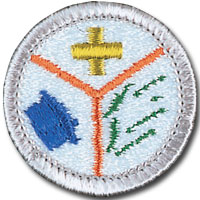Updated 2018, after Hurricane Florence. Note: this Advisory touches on a number of very significant issues that all employees and their employers need to be aware of. Everyone is urged to talk directly to their employer to get specific answers to the questions raised. Different states have different rules; different industries may have different requirements. Will your business survive a disaster? Know more about what to expect!
A second update, from 2020. Business closures as a result of the pandemic are not likely to reflect all the general guidelines described in this article. Still, it’s worth knowing questions to ask.
If you evacuate, and your work shuts down, will it survive?
When Hurricane Irma threatened Florida and Georgia just about a year ago, over 7 million people were under mandatory evacuation. This year, as Hurricane Florence approached the Carolinas, officials ordered over a million people to pack up and leave. As I write this Advisory today (September 27, 2018) thousands more people in South Carolina are closing up and getting out to avoid historic flooding.
Most if not all of the businesses that employed all those evacuating people were closed; some are still closed.
Questions to consider:
Survival Question 1 – How long will it take to get the building back up and functioning?
If the business is damaged by winds, flood, contamination, fire, or even if it was not physically damaged, how long will it be before it can be re-opened?
- Getting electricity and other utilities back up is only the first step — and that may take days or even weeks as we have seen.
- Repairs to roads, bridges, etc. may be required before repair crews, equipment and supplies can reach individual business or residential communities.
- Construction supplies and crews will be in short supply, which means you will have to get in line — and their prices will go up.
Survival Question 2 – Once the building is up, what about the employees?
- Some employees may be unable to return to work because their homes have been damaged.
- Some employees may be unable to return to work because roads are still closed.
- Family issues (injury, child care, medical, etc.) may keep employees at home.
- Some employees will have run out of money and will not have been able to wait for the business to reopen.
Survival Question 3 – Even though the business is now ready to re-open, what about customers and suppliers?
- Your regular customers may not have returned from having been evacuated.
- Some may still be struggling with their own disasters and not want or be able to use your services.
- Your regular vendors may still be struggling, too — and you may not be able to get your usual deliveries of supplies.
- The entire economy may be depressed. (The tourist economy of Puerto Rico has not recovered after Hurricane Maria.)
Where will the money come from to make survival and rebuilding possible?
Timing is everything. If you can’t get the doors re-opened within 10 days, your business has little chance of surviving. In fact, about 40% of companies hit by natural disasters never do re-open.
And for small businesses, the chances of going under are even greater because not only is the workplace damaged or destroyed, but local customers have been hit by the storm, too.
OK, those are statistics. But stick with the scenario a bit longer.
Big storm hits – and thankfully you get through unharmed. Your family is shaken, but safe and back together. Unfortunately, your workplace was flooded and needs some major repairs. So now, the real emergency begins, because . . .
Income Question #1 – Will employees get paid during the evacuation and the re-building process?
If you are an employee, here’s what you need to know first about getting paid during and after a disaster.
- Are you paid on an hourly basis and eligible for overtime? Or are you “exempt” from overtime?
- How long is the business likely to be down?
- Can you work from home?
- Does your employer have an Employee Assistance Program (EAP) that will help?
- Do you have a personal retirement plan – 401(k) – that you could borrow from?
As you can imagine, answers to these questions may vary company by company, and state by state. Here we are publishing general guidelines.
Income Question #2 – What does the Federal Government require of your employer?
According to the Fair Labor Standards Act (https://www.dol.gov/whd/flsa/), employers must pay covered non-exempt employees (hourly workers) for hours worked, and overtime to those workers who work more than 40 hours in one week. So, if you work, expect to get paid.
If you DON’T work because a disaster shuts down the business, don’t expect to get paid.
If you are a salaried employee, and the business is shut down for less than a week, you will probably get paid for that time. However, your employer may deduct those days from your leave bank. If the business is closed for a full workweek, your employer isn’t required to pay you.
If the workplace is completely destroyed from the disaster, you may be eligible for unemployment while you look for work or the company is being re-built.
If the company re-opens, but you can’t make it back to work because your own home has been damaged, or someone in your family has been injured, your absence is considered “a personal day” and it will likely be counted against your leave bank or deducted from your salary.
Your employer may have set up an Employee Assistance Plan (EAP) that in addition to referrals and counseling might provide short-term financial help – perhaps advancement on future wages. Note my use of the word “might” in that sentence . . .
Income Question #3 – Does your employer have the resources to hold things together?
If your employer has planned for emergencies, and made sure the company has the right insurances, funds may be available to keep the business and employees going while the business regains its footing. Applicable insurances may be property, flood, business interruption, added expense, etc.
For example, insurance coverage may allow for essential operations to be moved to a temporary location. There, office or other equipment can be rented so the company can provide regular or at least a skeleton service. Employees may have to be put up in a hotel. New temporary employees may have to be hired. Or, a few key employees may be called upon to work from home if they can get upgraded broadband, etc.
These additional expenses can add up quickly and many may have to be paid in cash, so this will require advance planning.
What’s the best answer?
Of course, you can’t predict a disaster, but the more you and your company prepare, the better the chances you’ll make it through the disaster and get back up and running before it’s too late.
So, even if emergency planning isn’t part of your official job description, you are advised to find out what planning your employer has done. It’s very possible that you could help improve whatever plan exists.
We have resources right here at Emergency Plan Guide.
- Use the search bar to find specific topics.
- Click on Business Planning in the Build Your Survival Skills section of the sidebar to page through some of the recent Advisories specifically for business owners and employees.
- Consider getting and sharing a copy of Emergency Preparedness for Small Business. Like this Advisory, it asks a lot of pertinent questions, and has many, many resources in its Appendix.
Even if the business ultimately survives a disaster, the people who worked there may experience their own, personal disaster. Smart planning may help everyone involved.
Virginia
Your Emergency Plan Guide Team
P.S. In the midst of a disaster, employment issues can quickly develop. We are not legal or licensed insurance experts. If this Advisory has raised any questions about termination, discrimination, wage or hourly pay, insurance benefits, etc., please consult with a qualified adviser for answers that fit your individual situation.





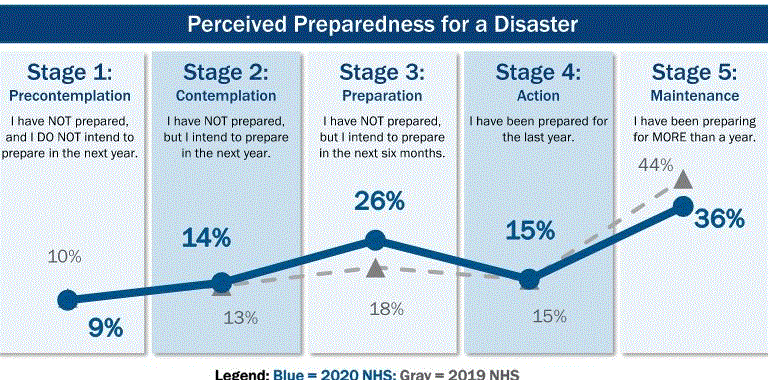
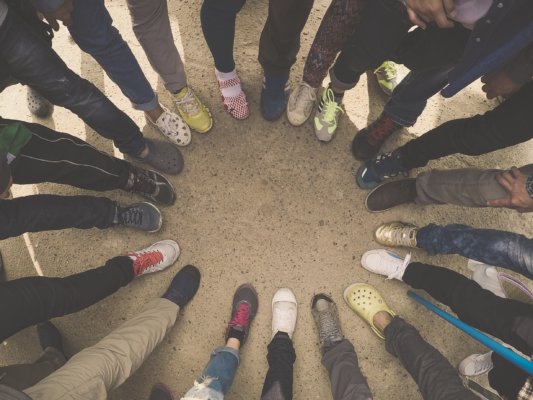
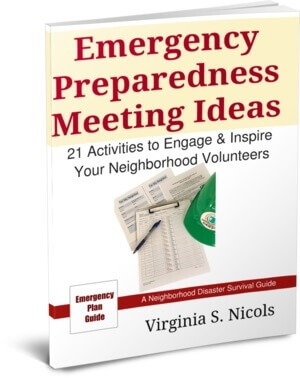

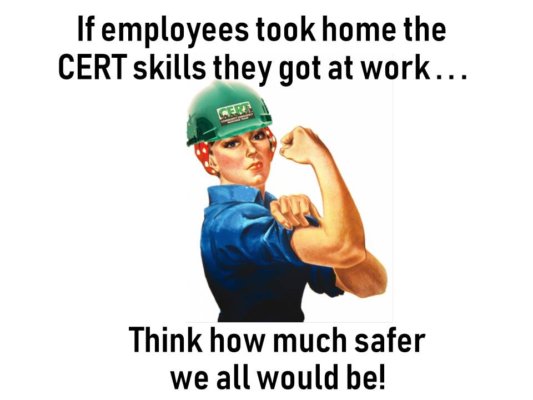
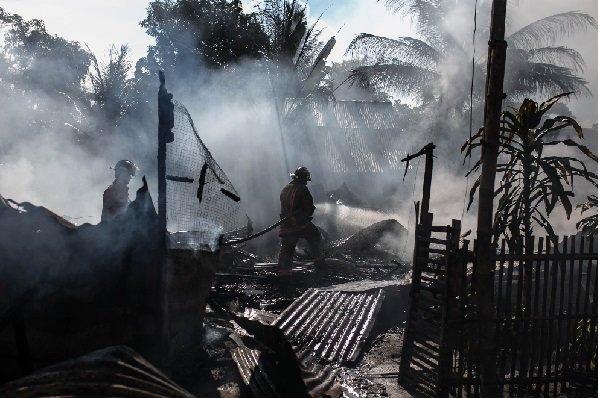
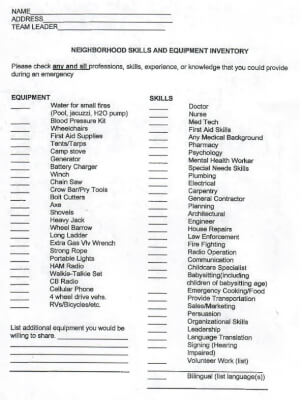

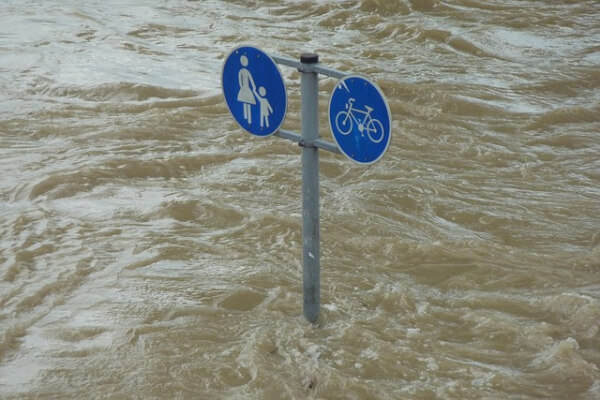
 The Emergency Plan Guide website has been up since 2011. Its main objective has stayed the same since those first days: to help people understand disaster realities and be better prepared to face them.
The Emergency Plan Guide website has been up since 2011. Its main objective has stayed the same since those first days: to help people understand disaster realities and be better prepared to face them. When you see the piles of ruined possessions out on the curb, as in the photo, you get a better idea of what “no insurance” really means. And, I hope, you are prompted to take another look at whether your own insurance will help cover flood damage.
When you see the piles of ruined possessions out on the curb, as in the photo, you get a better idea of what “no insurance” really means. And, I hope, you are prompted to take another look at whether your own insurance will help cover flood damage. The first time the subject came up was after Katrina, when we heard the horrific stories of people left behind in their nursing home to drown. Then, after Hurricane Sandy, stories came out about people trapped in their high-rise apartments when the power – and thus the elevators – were out for days and days.
The first time the subject came up was after Katrina, when we heard the horrific stories of people left behind in their nursing home to drown. Then, after Hurricane Sandy, stories came out about people trapped in their high-rise apartments when the power – and thus the elevators – were out for days and days.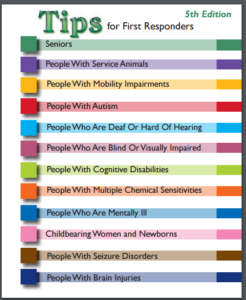 Two resources I found most useful:
Two resources I found most useful: If you are counting on government money after a disaster, you’d better keep reading.
If you are counting on government money after a disaster, you’d better keep reading.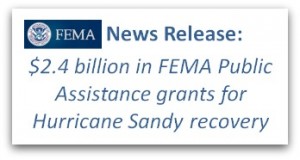 Rebuilding in disaster-prone areas is a big issue.
Rebuilding in disaster-prone areas is a big issue.
